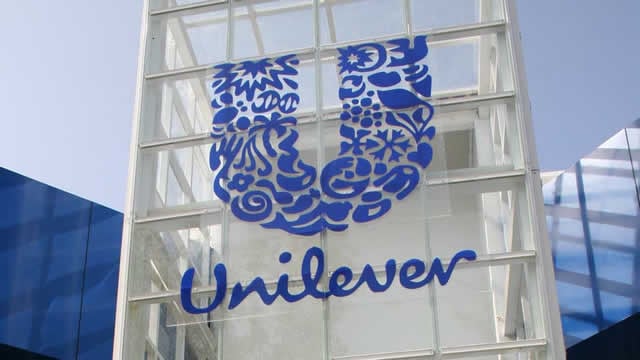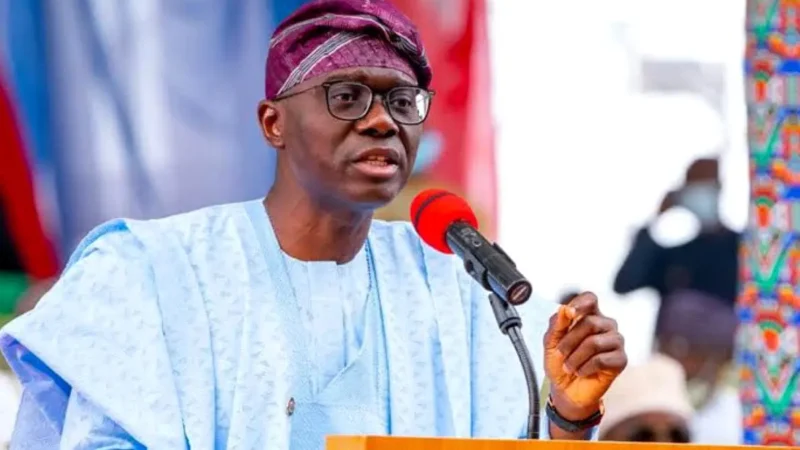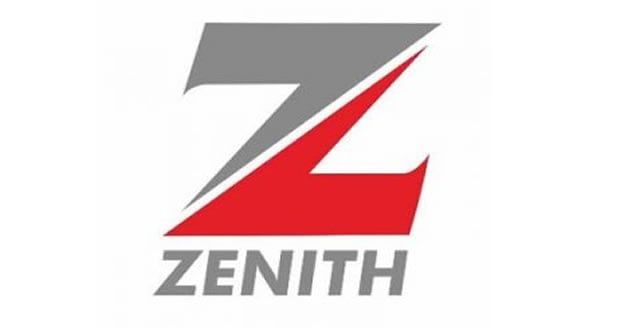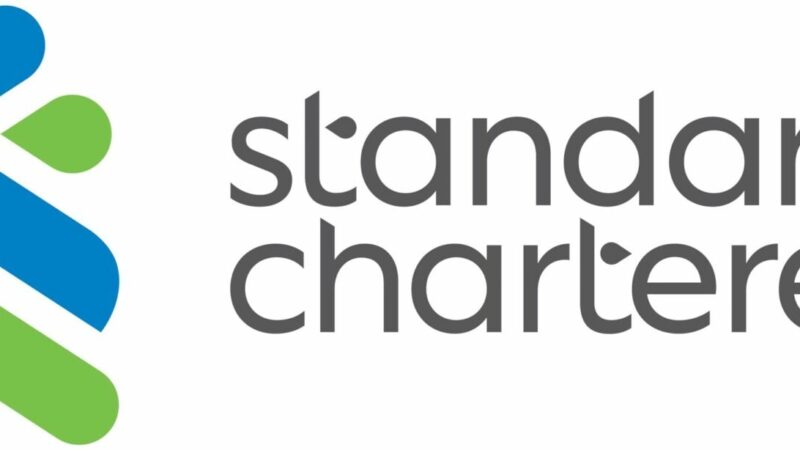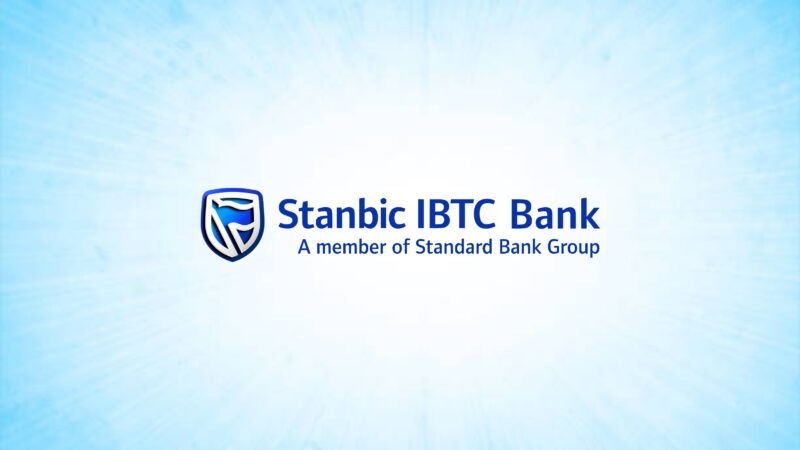FX, price stability in focus after MPC rate decision

Before the last Monetary Policy Committee meeting of the Central Bank of Nigeria, there were mixed expectations. Some analysts advocated for cutting benchmark interest rates to increase liquidity in the real sector, while others believed the rates should be maintained, arguing that inflation remained high at 22.22 per cent as of June, despite being the third consecutive decline. The drop in inflation was largely due to continued forex stability and minimal volatility in energy prices.
Eventually, the committee retained the Monetary Policy Rate at 27.50 per cent, the asymmetric corridor around the MPR at +500/-100 basis points and the Cash Reserve Ratio for Deposit Money Banks at 50.00 per cent and for Merchant Banks at 16.00 per cent, at its meeting held on July 21-22 in Abuja. It also kept the Liquidity Ratio unchanged at 30 per cent.
“This decision was premised on the need to sustain the momentum of disinflation and sufficiently contain price pressures. Maintaining the current policy stance will continue to address the existing and emerging inflationary pressure. The MPC will continue to undertake rigorous assessment of economic conditions, price development and outlook to inform future policy decisions,” the MPC stated in the communique issued at the end of its two-day meeting.
Reacting to the MPC’s decision, analysts at Afrinvest noted that they expected the committee’s decision to remain guided by broader macroeconomic developments in the remaining months of the year.
For analysts at Mesristem Securities, the MPC’s decision is expected to support real sector growth by fostering monetary stability and a more predictable FX environment, which could improve business activities.
“Additionally, we expect investor appetite in the equities market to remain strong, supported by positive earnings expectations, while participation in the fixed income space is likely to stay firm, with a possible downward bias in interest rates amid improving macro conditions and limited paper supply,” they explained in their weekly market review.
Meanwhile, the naira strengthened marginally by 0.15 per cent last week at the Nigerian Autonomous Foreign Exchange Market, also known as the official forex market. And in one month, the local currency has gained almost one per cent to $/N1,534.72 as of Friday.
Last week, the Open Buy Back rate—a short-term borrowing instrument that uses Nigerian government securities as collateral—dropped by 5.83 per cent, going from 32.33 per cent in the previous week to 26.50 per cent. This decline was attributed to improved liquidity in the financial sector.
Also, the overnight rate dipped by 5.75 per cent from 32.67 per cent to 26.92 per cent last week.
The Chairman of the Presidential Fiscal Policy and Tax Reforms Committee, Mr Taiwo Oyedele, while speaking at the PwC’s Executive Summit on Nigeria’s Tax Reform, with the theme “The New Tax Era: What Nigeria’s Tax Reform Means to Individuals and Businesses”, in Lagos last week, stated that the country has experienced relative stability in the foreign exchange market, having resolved the over $7bn backlog of unmet forex futures and increased external reserves from $20bn to $40bn as a result of two years of economic reforms under President Bola Tinubu.
The country’s external reserves stood at $38.63bn as of July 24, according to data obtained from the CBN website.
He mentioned that the interest rate remained high, emphasising the need for governments to be more coordinated and to communicate better.
“A lot of it has turned green, but it’s not all green yet. Like, the interest rate is still high, right? We don’t have decent jobs. Governments should be more coordinated and communicate better. And the interest rate environment is not very conducive for legitimate businesses,” Oyedele asserted.
The stability in the forex market has translated to a progressive narrowing of the gap between the official and parallel market rates. The dollar was sold for N1,530 at the black market on Friday, according to abokifx.com, an online platform that monitors exchange rates in Nigeria.
The country’s macroeconomic indicators have also been looking upward, with the gross domestic product (after its rebasing) growing by 3.13 per cent YoY in the first quarter of this year, compared to 2.27 per cent in Q1:2024, reaching NGN49.34tn, up from NGN47.85tn in Q1:2024, according to the National Bureau of Statistics.
In the same vein, the country experienced a balance of payments surplus of $6.83bn in 2024, a departure from deficits in the previous two years, according to the CBN.
The CBN composite Purchasing Managers Index averaged 52.2 points in Q2 2025, indicating broad-based expansion across the agriculture, industry, and services sectors.
In an emailed report to investors, analysts from Cordros Securities said, “We expect inflation to remain on a downward trend, especially as the naira is projected to remain stable. Additionally, we expect petroleum product prices to remain stable, supported by low global oil prices, which should help maintain steady transportation costs.”
According to Cordros Securities analysts, capital inflows have rebounded following the easing of global financial pressures in May. The combination of elevated naira yields and a stabilising foreign exchange market has continued to draw foreign portfolio investments, reinforcing investor confidence.
In June, inflows from foreign investors surged by 315 per cent, reaching $2.73bn, the highest level since March 2019. This increase was up from $657.4m in April.
Notably, Foreign Portfolio Investment inflows made up 97.2 per cent of total foreign inflows. The rise in inflows contributed to a reduction in CBN interventions in the foreign exchange market as demand pressures eased.
CBN Governor Olayemi Cardoso, at the last MPC meeting in Abuja, highlighted the rise in foreign reserves as a significant rebound in Nigeria’s currency buffers, amid ongoing efforts to stabilise the exchange rate and restore investor confidence. The reserves spike occurred despite relatively stronger CBN market intervention this year, as well as weak oil receipts and external debt servicing.
The CBN, under Cardoso, is developing various foreign exchange sources to enhance dollar inflows and improve access to dollars for manufacturers and retail consumers.
The central bank has taken steps to enhance diaspora remittances by developing new products, granting licenses to new International Money Transfer Operators, and implementing a willing buyer-willing seller foreign exchange model. Additionally, it has ensured timely access to naira liquidity for IMTOs. These actions have simplified the channels for dollar inflows for authorised dealers and other participants in the value chain.
The action has resulted in a significant increase in gross FX reserves and has helped stabilise the naira.
Given the strategic role of FX inflows in achieving monetary and fiscal stability, the CBN under Governor Olayemi Cardoso has intensified efforts to attract more foreign exchange into the economy. Diaspora remittances—estimated at $23bn annually—remain a dependable source of forex, while the apex bank is also exploring additional channels and policies to sustain dollar inflows. These initiatives align with the CBN’s target of doubling formal remittance receipts within a year and have continued to support steady growth in inflows.
Remittances in the economy are anticipated to rise due to the CBN’s continuous efforts to enhance public confidence in the foreign exchange market. Additionally, it aims to strengthen a robust and inclusive banking system while promoting price stability, all of which are essential for sustained economic growth.
The Director of Trading at Verto, Charlie Bird, mentioned that the dynamics of dollar liquidity have become more balanced, allowing foreign investors and airlines to repatriate funds.
Speaking at the Cordros Asset Management seminar titled “The Naira Playbook,” he stated that Nigeria has become increasingly attractive to foreign investors due to improved dollar liquidity in the economy, resulting from positive reforms implemented by the CBN.
In an emailed report, the Managing Director of Afrinvest West Africa, Ike Chioke, referenced crude oil production figures from the Nigerian Upstream Petroleum Regulatory Commission, as presented in the OPEC Monthly Oil Market Report, along with Consumer Price Index data from the National Bureau of Statistics.
“Starting with the crude oil production-related subject, both the NUPRC data and OPEC’s monthly oil report affirmed that Nigeria’s daily average crude oil production improved by 3.6 per cent month-on-month in June 2025 to 1.5 million barrels per day.
“By adding condensate, total output cleared at 1.7mbpd, marking a 2.4 per cent increase in average crude oil and condensate production over the previous month. The June crude oil production performance marked the second highest monthly average in 2025, with January’s 1.54mbpd performance (1.74mbpd including condensate) still the strongest.
“Contextualising the economic impact of the modest improvement in the crude oil production level for the month (excluding condensate as there is no formal pricing guide), we estimate that Nigeria earned a daily average revenue of $105.0m in June from its crude oil production (given average price of $69.73/bbl), representing a 13.6 per cent improvement over May. Relative to the prior five months, our estimate suggests that the daily average revenue for June is the third highest after January ($122.3m at average price of $79.46/bbl) and February ($112.5m at average price of $76.81/bbl),” he said.
Chioke noted that the recently published H2 2025 outlook report stated that the rebasing of the Consumer Price Index would likely support a continued decline in the headline inflation rate through the end of Q3 2025.
He explained that this could lead to a divergence between official inflation figures and the reality experienced by consumers.
He added that, based on their model, the headline inflation rate was projected to ease to 21.6 per cent in July, even as the month-on-month reading is expected to rise to 1.75 per cent, up from 1.68 per cent in June.
Import costs in Nigeria are projected to decline notably as the naira continues to strengthen across markets.
Importation expenses typically comprise various taxes and charges, including import duties, VAT, and other levies. These are calculated based on the Cost, Insurance, and Freight value of goods—an amount that reflects the total cost of the goods, insurance, and shipping.
The CIF price represents the cost of a product delivered to the border of the importing country, or a service provided to a resident, before the application of import duties, domestic taxes, or transport and trade margins.
Fluctuations in the exchange rate can significantly influence import costs, as duties and other charges are typically based on the prevailing rate. According to the United Nations COMTRADE database, Nigeria’s total imports in 2024 stood at $40.97bn, with China, Belgium, and India emerging as the country’s top trading partners.
Fresh data from the National Bureau of Statistics shows that Nigeria imported food and beverages worth N1.67tn ($1bn) in the first quarter of 2025 (January–March), marking a five per cent increase from the N1.59tn recorded during the same period in 2024.
Analysts at Cordros Securities noted that the recent appreciation of the naira helped cushion the impact of higher imported fuel prices, driven largely by geopolitical tensions in the Middle East.
“We expect FX liquidity to remain robust, supported by reduced global pressures and stronger market confidence, which continues to attract inflows from foreign portfolio investors. Additionally, a stronger net FX reserve position enhances the CBN’s capacity to intervene when necessary. Barring any unexpected shocks, we anticipate that the naira will remain stable in the near term,” they said.
Nigeria is making progress toward fuel self-sufficiency; however, it still depends on imports. This is evident from the reduced import bill in the first quarter, which shows a decline in fuel imports, but not a complete elimination of them.
With key macroeconomic indicators showing signs of recovery—from moderating inflation and rising foreign reserves to improved FX liquidity and a narrowing exchange rate gap—analysts and stakeholders remain cautiously optimistic about Nigeria’s economic outlook.
As the central bank deepens reforms to attract forex inflows, support the naira, and enhance investor confidence, the trajectory of inflation, external reserves, and capital flows will remain critical in shaping monetary policy and sustaining the current momentum.


